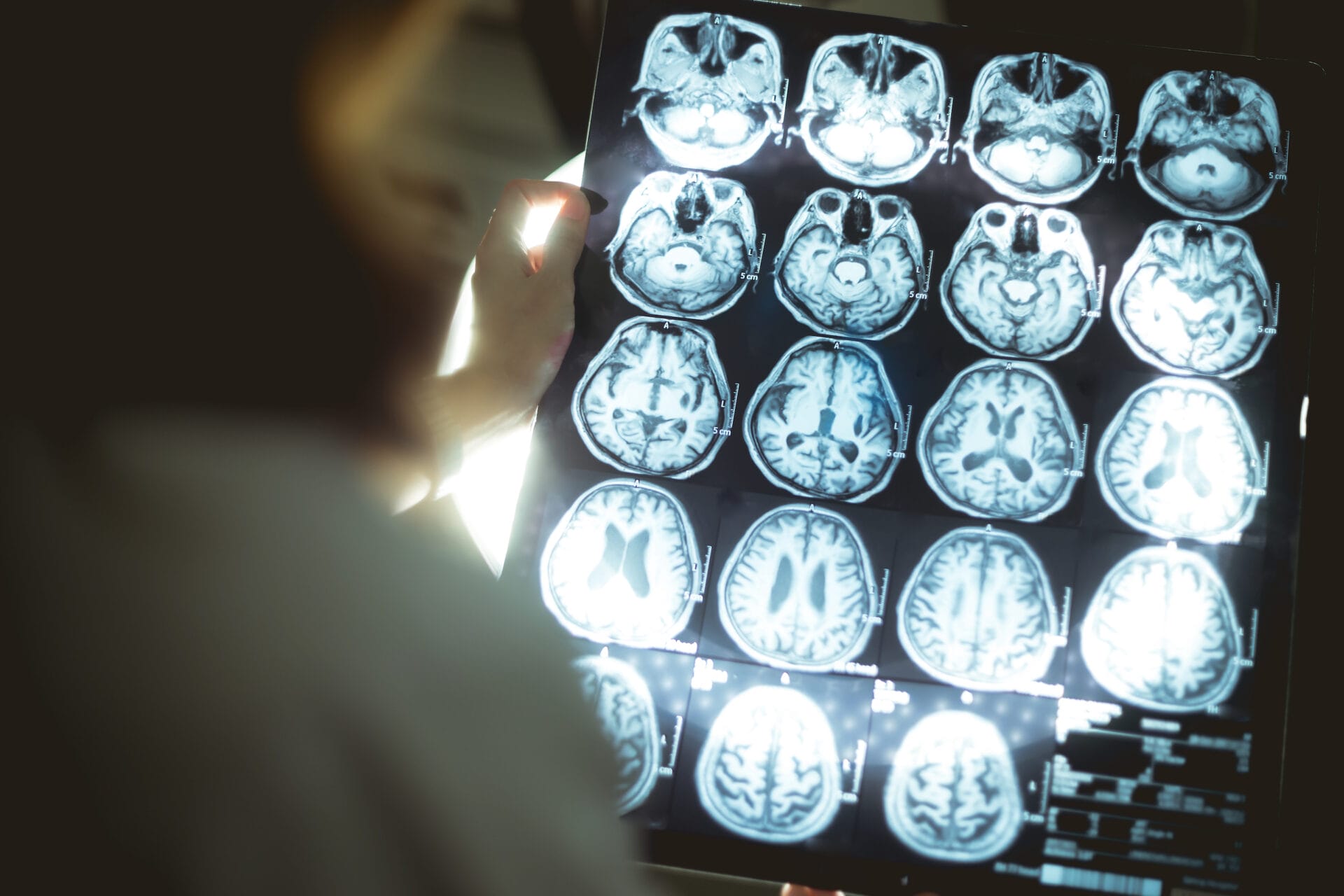What is Alzheimer’s disease?
Image credit: Shutterstock

Alzheimer’s disease is a progressive disease that causes damage to a person’s brain.
- Alzheimer’s disease progressively damages a person’s brain cells, leading to dementia.
- It’s also described as a complex condition, because it can be influenced by a range of genetic and environmental factors.
- Alzheimer’s disease is the most common cause of dementia. Around 1 in 9 people over the age of 65 have the condition.
What is Alzheimer’s disease?
- Alzheimer’s disease is a neurodegenerative condition that slowly and progressively destroys the cells of the brain.
- Although the risk of developing Alzheimer’s disease increases with age, old age is not considered a cause of the disease.
- Other risk factors include smoking and pollution, and some research suggests a traumatic brain injury, such as a severe blow to the head that causes loss of consciousness, can increase the risk of the condition.
What are the genetics of Alzheimer’s disease?
- We are still learning about the biology and genetics of Alzheimer’s disease.
- A few genes have been identified as increasing the risk of developing Alzheimer’s disease. For example, nearly 2 in 3 people with Alzheimer’s disease in the UK have mutations in the ApoE gene – but most people with the mutated gene don’t develop the condition.
- ApoE is what’s called a ‘risk gene’, because it can increase a person’s chance of developing the condition.
- In the vast majority of cases (more than 99%), Alzheimer’s disease is not inherited. However, some types of the condition – such as early onset Alzheimer’s disease, which usually occurs between 35 and 60 years – can be passed between generations.
- The genes APP, PS-1 and PS-2 have all been identified as genes that can be inherited from a biological parent to increase a person’s risk of early-onset Alzheimer’s disease. These are called ‘familial genes’.
What is the biology of Alzheimer’s disease?
- Alzheimer’s disease is very complex – but we know it can develop when two proteins called amyloid and tau build up in the brain.
- When the conditions in the brain are not quite right, amyloid and tau clump into tiny structures called plaques and tangles.
- Over time, the plaques and tangles stop regions of the brain from communicating with each other. They also cause certain parts of the brain to shrink, making it harder for the brain to work properly.
- Levels of a chemical called acetylcholine are much lower in the brains of patients with Alzheimer’s disease. Generally, lower levels of this chemical cause more tangles to form, accelerating the speed with which the brain shrinks.

What are the symptoms of Alzheimer’s disease?
- Early on in their Alzheimer’s disease, a person may become increasingly forgetful – although this is also a feature of typical ageing and not, by itself, evidence of Alzheimer’s.
- As the condition progresses, their forgetfulness may transition to severe memory loss, including losing memory of recent or significant events.
- This is usually partnered with a decline in concentration and numerical ability, an inability to find the right word (dysphasia), anxiety, unpredictable mood changes and personality changes.
- Eventually, the person may become very disoriented and confused. They may experience delusions and hallucinations.
How is Alzheimer’s disease diagnosed?
- Alzheimer’s disease can be diagnosed using tests that assess whether a person’s mental state and intellectual ability have changed.
- Brain imaging, using computer tomography (CT) scanning or magnetic resonance imaging (MRI), can indicate a reduction in the size of the brain.
- The only way to diagnose Alzheimer’s definitively is after death, where a post-mortem can reveal the characteristic plaques and tangles in the brain.
How is Alzheimer’s disease managed?
- In the earlier stages of their Alzheimer’s disease, a person may be able to improve their quality of life with a range of coping strategies to help them stay safe, and practical aids and tools to help them remain independent.
- There are many therapies that help look after the mental wellbeing of people with Alzheimer’s disease, such as cognitive counselling and music or art therapies.
- Different medications might help with the symptoms of depression and anxiety, sleep disorders and pain.
- There’s currently no cure to reverse the memory loss associated with Alzheimer’s disease. However, in 2023, a new drug called lecanemab was shown to moderately slow cognitive decline in the early stages of the disease.
- Other drugs boost the levels of the chemical acetylcholine in the brain to help maintain memory and concentration, which can help people with the condition for a few months.